PARO
,
the Neurological Therapeutic Medical Robot
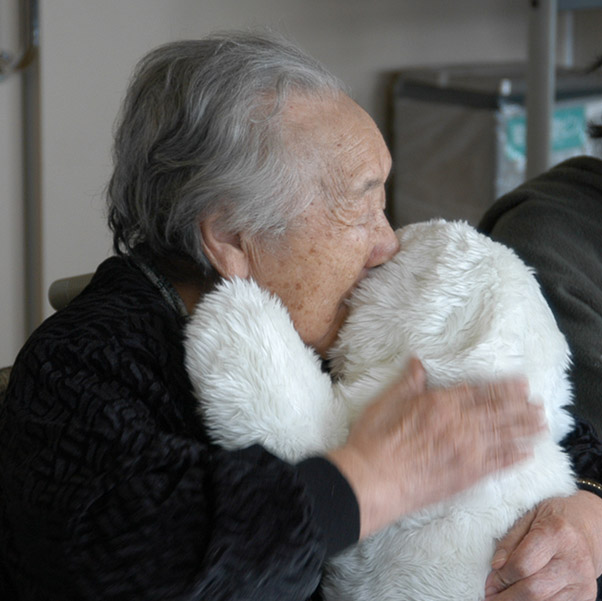
The world’s most therapeutic robot is PARO
. Its inventor, Dr. Shibata, is a brain researcher.
PARO was invented with the discussion of ‘What sort of movement and function does good for the brain functions?’
Since 1993, research and development of PARO has been conducted, and now 4,000 PAROs are working in more than 30 countries. PARO was approved as a neurological therapeutic medical device in the USA, and so to be in Europe shortly. Whereas in Japan, Okayama-city designated PARO as an applicable device of long-term care insurance.
Dr. Shibata has been accumulating scientific evidences of therapeutic effects of PARO for various kinds of symptoms by clinical trials, and building ways to train professional users for better-use of PARO.
Chief Senior Researcher,
Takanori Shibata, Ph.D.
How the research began
PARO was born within the therapeutic robot development procedure, which was getting a hint from animal therapy, aiming to substitute for the animal’s roll in the hospitals and nursing care centers.
Secret of PARO's long life
The research and development of PARO was started in 1993, and the 7th generation of PARO was born in 2003.
The appearance hasn’t changed much though inside has, so the current PARO is the 9th generation.
PARO was optimized for a long-term use as the communicator to heal the people without breakdown, so there is no need to change its appearance, said Dr. Shibata. He prepares all the parts, which need to be replaced regularly, stocked from the 8th generation to make PARO long-lasting.
PARO recognizes different languages depending on where they are, since PARO are used in more than 30 countries. Also PARO reacts differently towards the patient who uses PARO. In case the patient is dementia, PARO doesn’t do negative reaction such as upsetting motion even if the patient hits PARO, because negative reaction may cause critical situation to the patient.
In case of the developmental disorder, PARO does the motion of jibbing towards the patient’s unfavorable action like hitting PARO.
Although looking same, each PARO has sensitive solicitude towards his users in order to maximize its therapeutic effects.
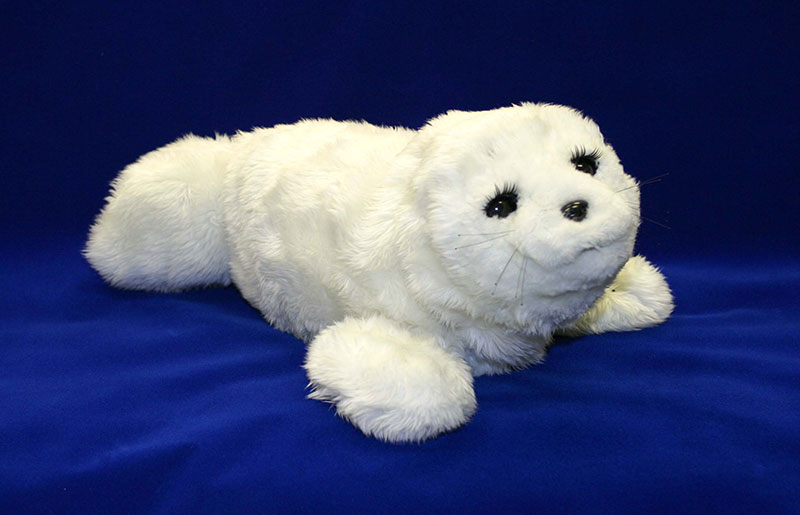
Therapeutic effects of PARO are verified
all over the world.
Improvements by contacting PARO as clinical testing and therapeutic trials have been reported from all over the world, in the cases of depression, anxiety, pain, desolation, lowering the stress and stabilization of blood pressure and so on.
With dementia patients, it is reported that contacting PARO made improving in wandering, violence and verbal abuse. It makes a lot easier for the care personnel to treat the patients, and also reduces the various antipsychotic drug use.
For a case of a child with a developmental disability, a child gradually starts communicating with others by sharing PARO.
PARO can be used for the cancer patient to ease the difficulties of chemo treatment as well.
Also reported that PARO can encourage patient to keep on rehabilitation.
If the patient has swallowing disturbance, PARO itself can be the rehabilitation tool to promote exercising and talking.
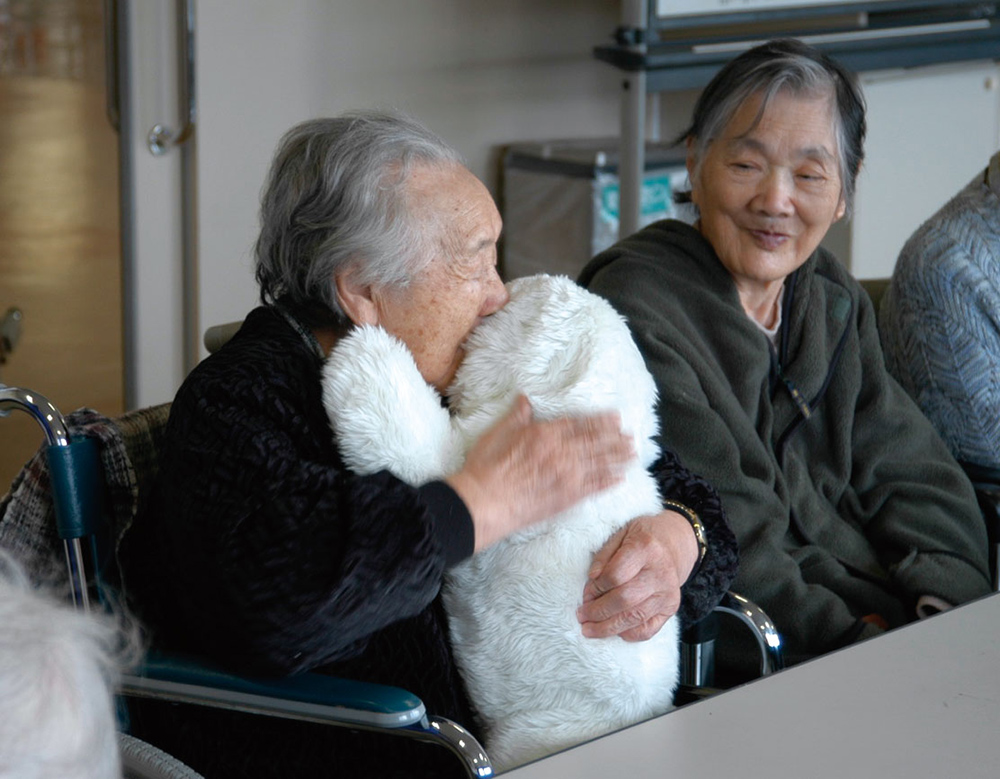
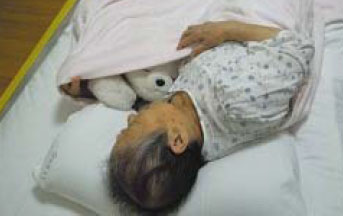
PARO in the world
- In the USA
In 2009, PARO was approved as a neurological therapeutic medical device in USA. Together with Texas State University, we have done Randomized Controlled Trials / RCT to 60 patients to verify the effect of PARO with the nursing care section. The result showed PARO has multiple positive effects in mental improvements and medicine reduce.
Reducing 30 % of the medicines can be mentioned as economical effect. - In Europe
Denmark have been using PARO for dementia care and other purposes after evaluated the effects of PARO on them in the national project from 2006 to 2008. So far, 80% of local governments have already installed PARO officially to elderly care institutions and so on.
PARO was recognized as a therapeutic tool for professionals such as therapists and care-givers, and Danish Technological Institute and AIST developed a one day training program on PARO for them. After taking it, the professionals receive a license to use PARO.
Other European countries such as the Netherlands, Norway, France and UK have been using PARO in the similar way. - In Asia
In Singapore, the Government and Alzheimer’s disease association have done the clinical evaluation on PARO for elderly. Then, the government decided to subsidize the fee for installing PARO up to 100% while combining two Government funds. - In Japan
Okayama-city have been evaluating PARO by applying the long-term care insurance to rental service of PARO for home-nursing-care. The purposes are to keep elderly who need care in good conditions to prolong living at home, and to ease the career’s burden.
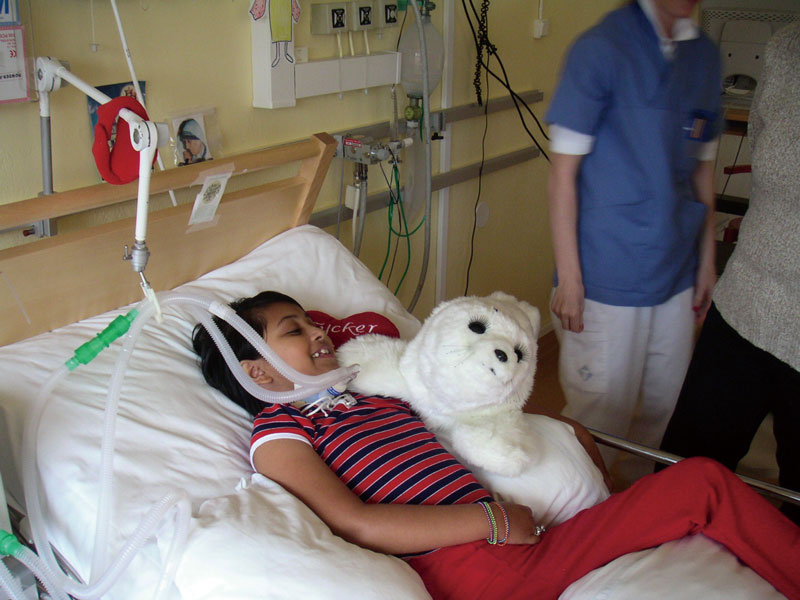
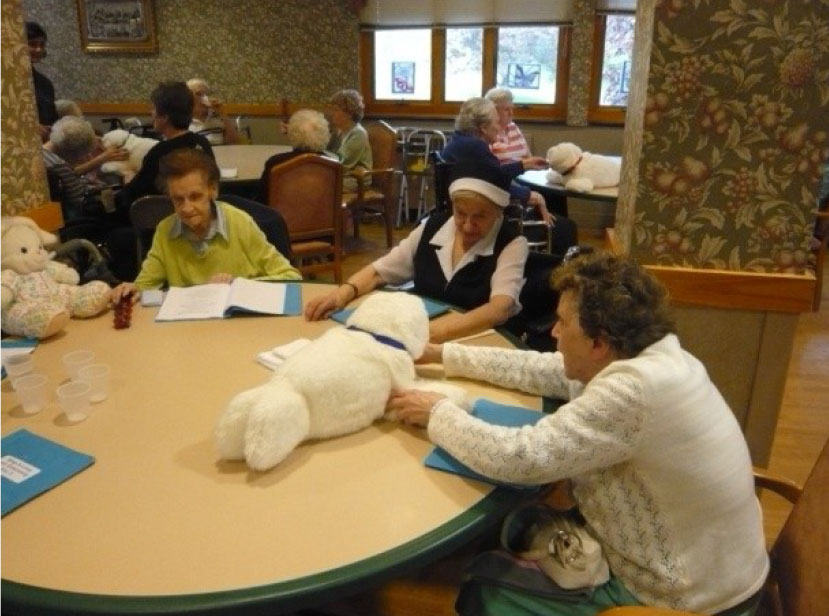
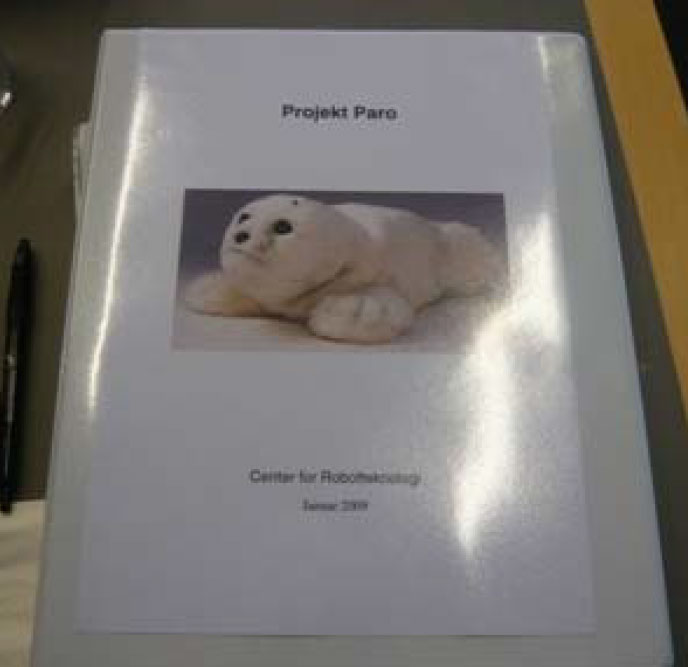
For better use of PARO
PARO needs a professional handler to make it a lot more effective. Thus there are multiple methodical options are going underway such as making educational video and offering e-learning course additional to the PARO user conference.
Dr. Shibata continues working for PARO to make it a bridge between the nursing care and the medical treatment in the world, aiming that PARO would be implemented systematically in the societies of various nations and regions.

 Japanese
Japanese Topic
Topic